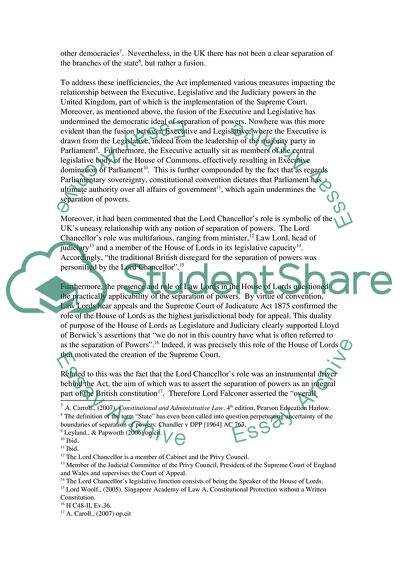Cite this document
(The New British Supreme Court Essay Example | Topics and Well Written Essays - 1750 words, n.d.)
The New British Supreme Court Essay Example | Topics and Well Written Essays - 1750 words. https://studentshare.org/law/1730032-choose-what-you-prefer
The New British Supreme Court Essay Example | Topics and Well Written Essays - 1750 words. https://studentshare.org/law/1730032-choose-what-you-prefer
(The New British Supreme Court Essay Example | Topics and Well Written Essays - 1750 Words)
The New British Supreme Court Essay Example | Topics and Well Written Essays - 1750 Words. https://studentshare.org/law/1730032-choose-what-you-prefer.
The New British Supreme Court Essay Example | Topics and Well Written Essays - 1750 Words. https://studentshare.org/law/1730032-choose-what-you-prefer.
“The New British Supreme Court Essay Example | Topics and Well Written Essays - 1750 Words”. https://studentshare.org/law/1730032-choose-what-you-prefer.


